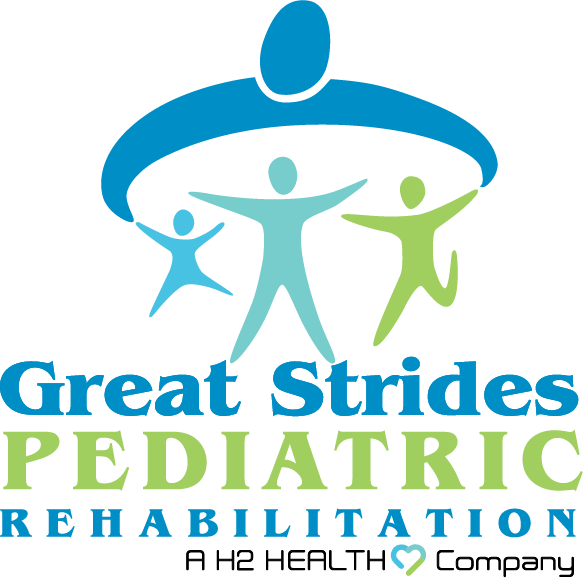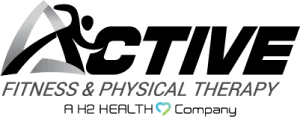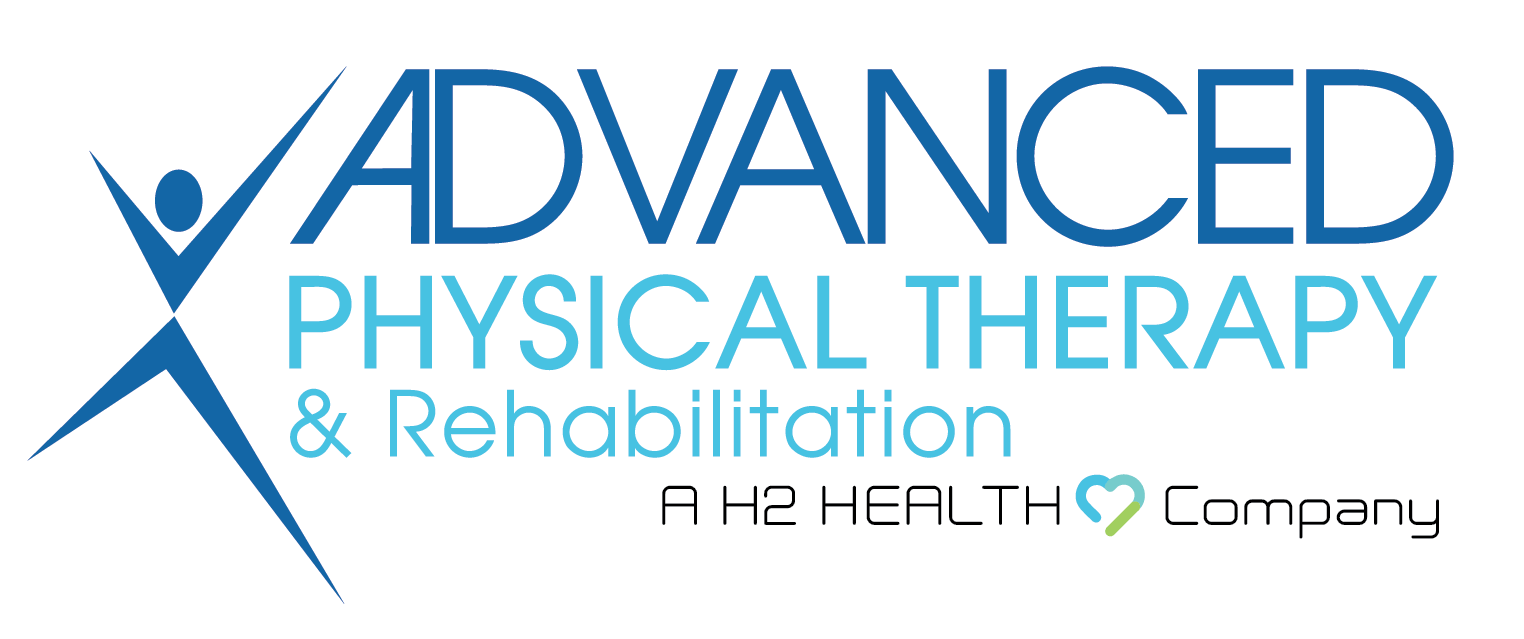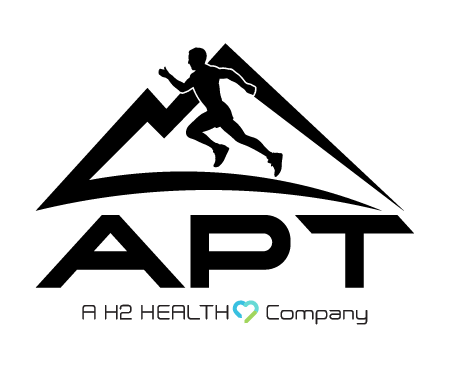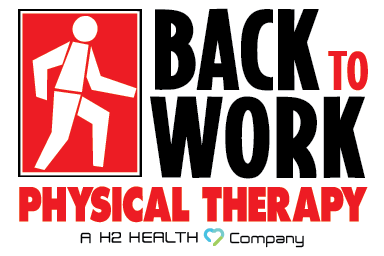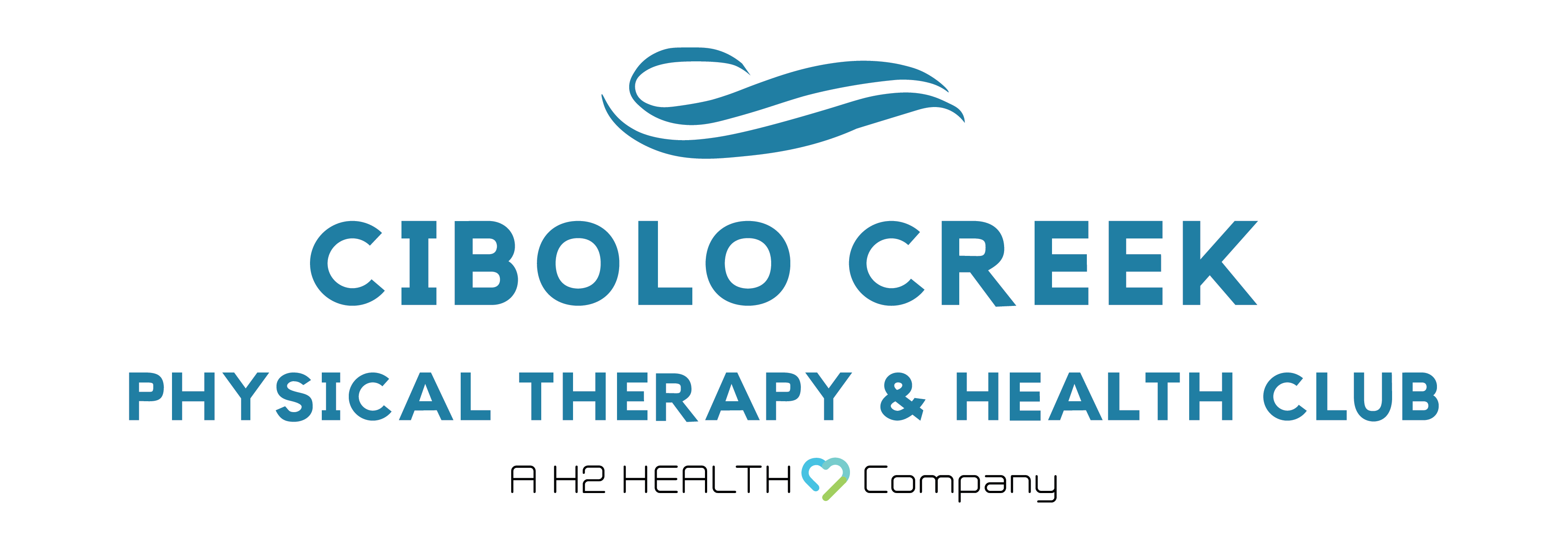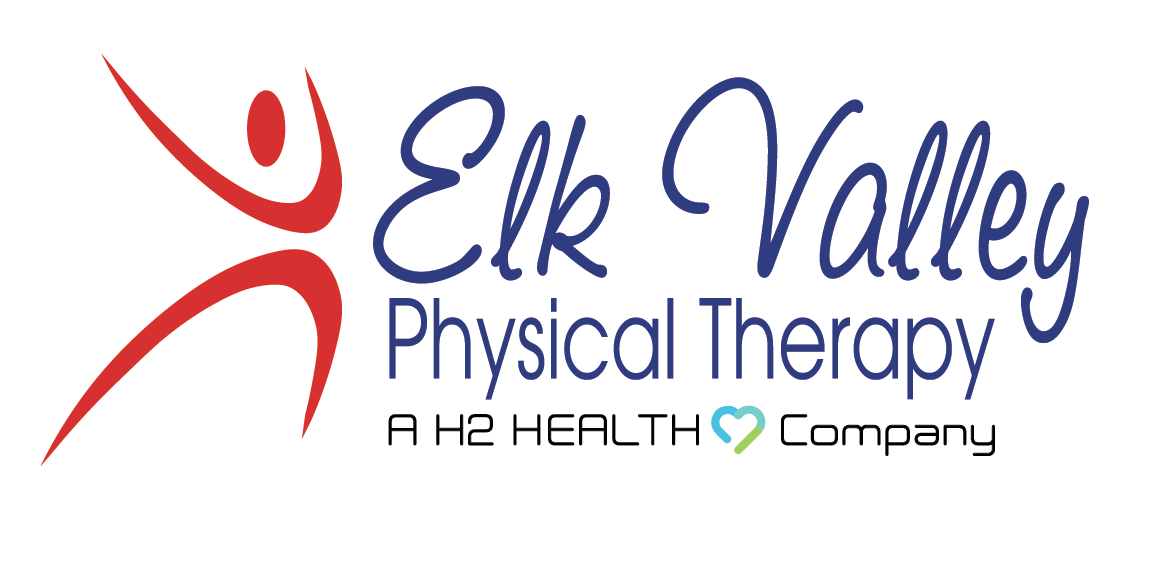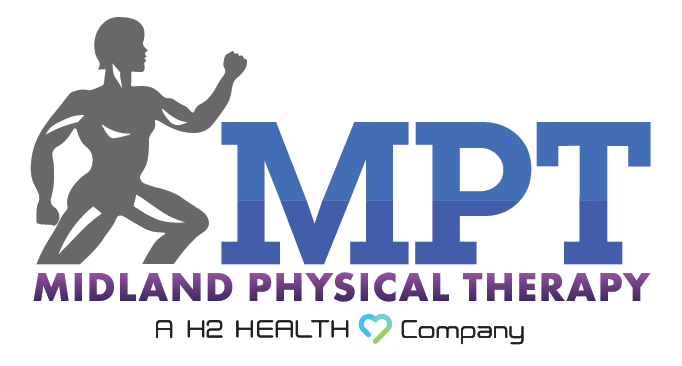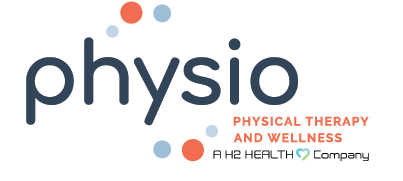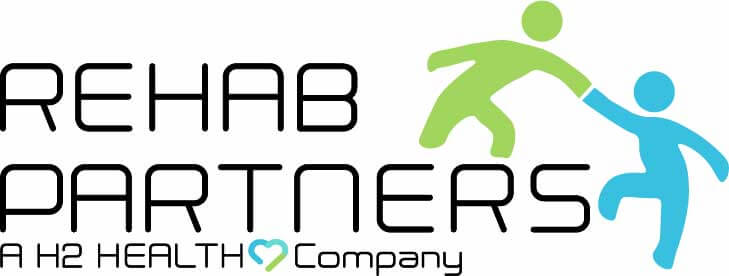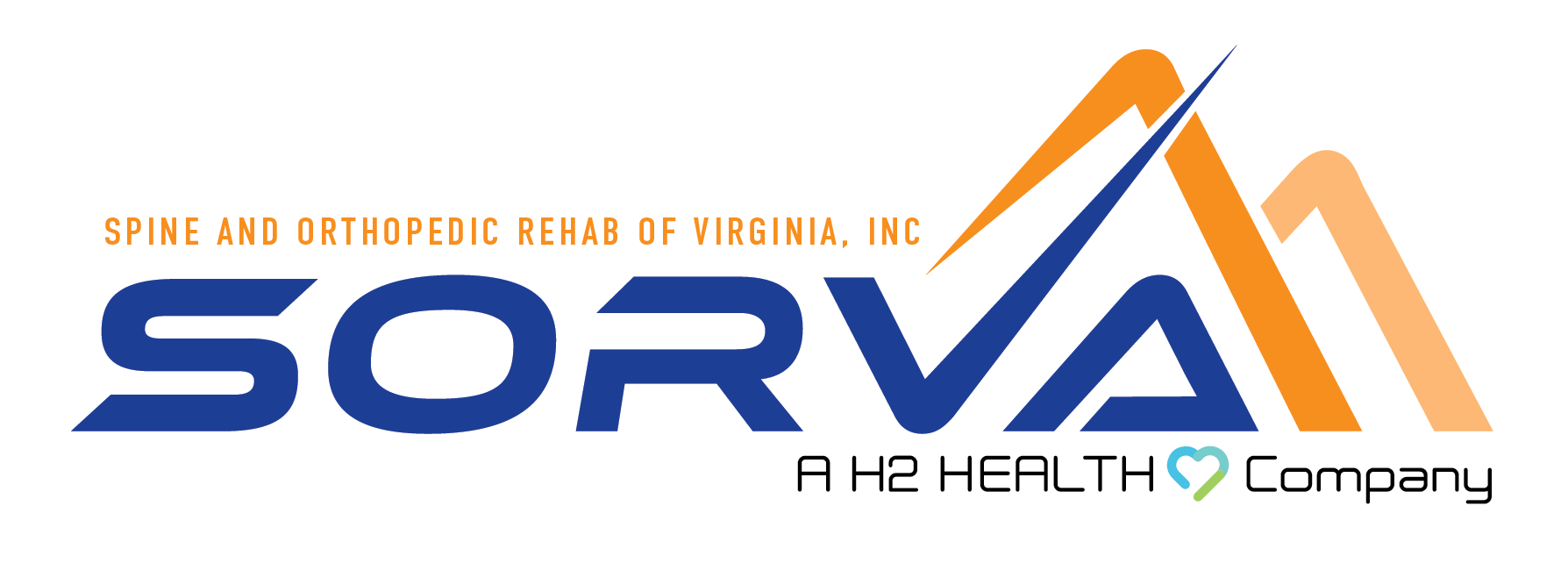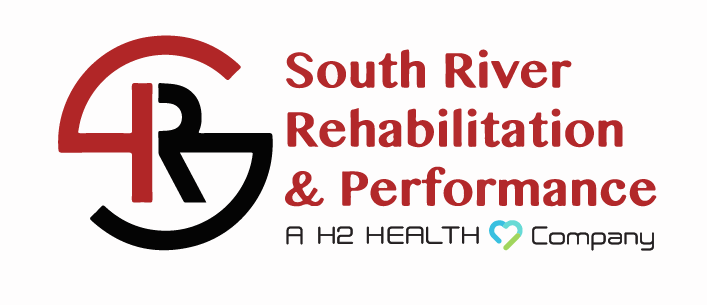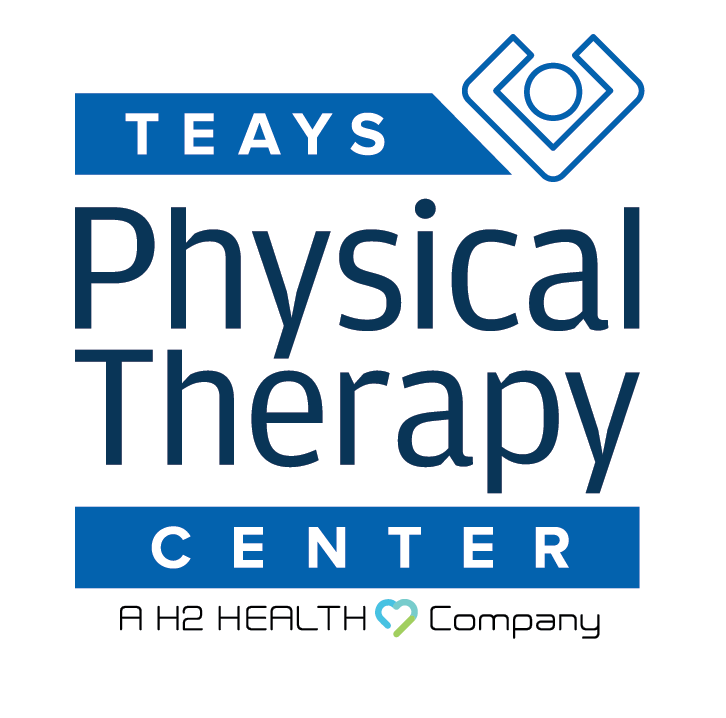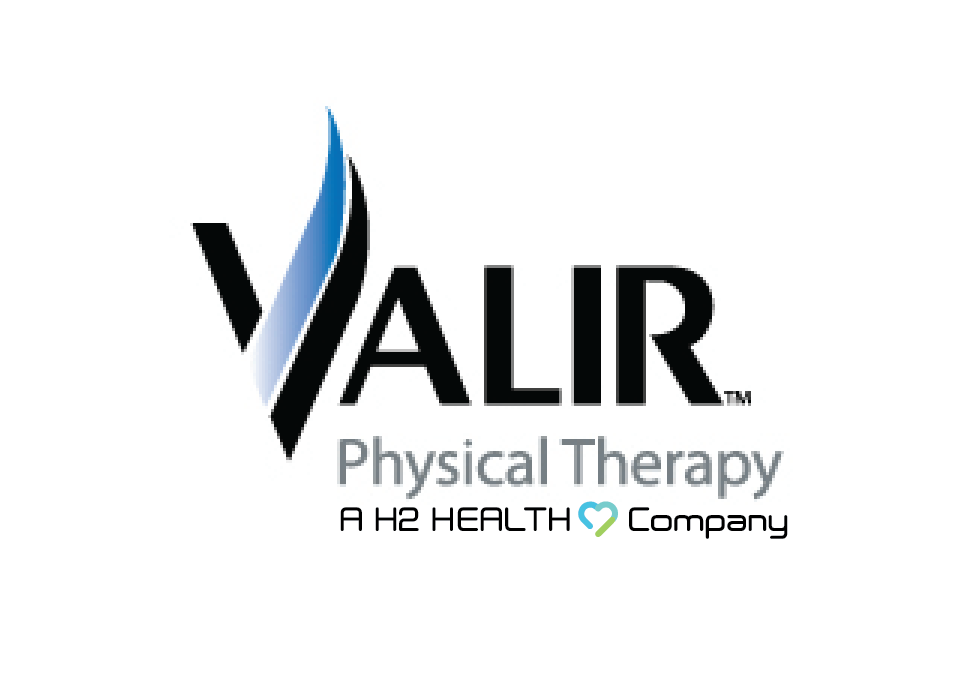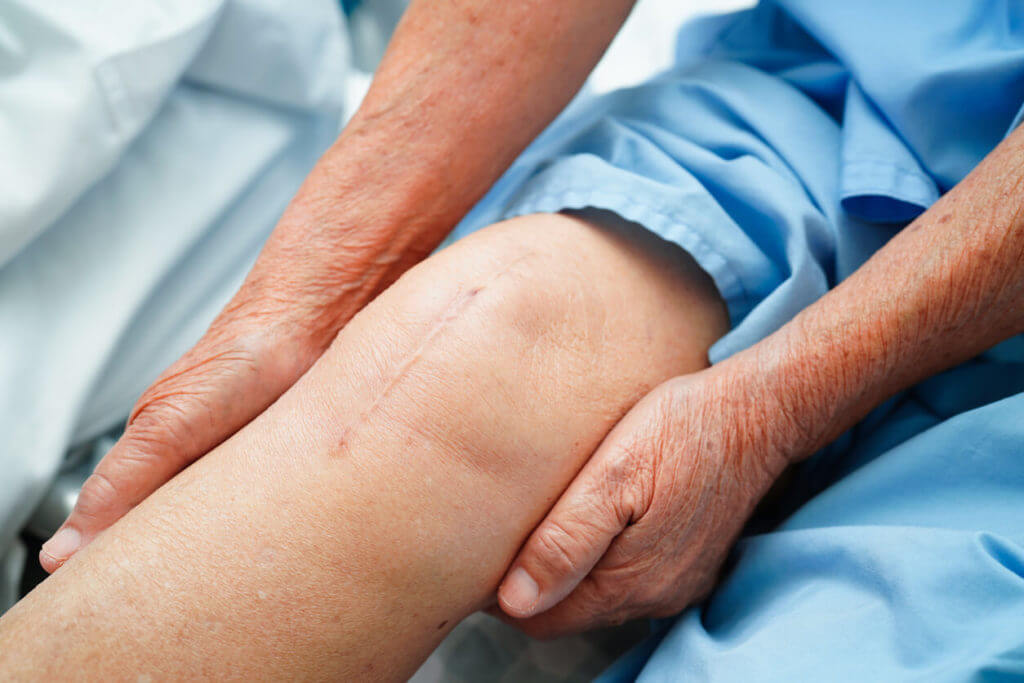
When we sustain an injury in any part of our body or undergo surgery, scar tissues form as a part of a multistage wound healing process to mend our injured tissues.
Collagen, a protein found in our bones, muscles, and other tissues, forms scar tissue. Typically, the collagen cells that form in healthy circumstances align to strengthen our tissues. However, the collagen cells that form in response to an injury or trauma to the muscle clump together in an abnormal way, forming scar tissues.
The collagen cells often adhere to their surrounding structure, usually after a period of immobilization after injury or surgery, forming adhesions – a type of scar tissue. Regular physical therapy is one of the best methods to manage scar tissue, minimize adhesions, and promote tissue healing.
Here are some common techniques physical therapists can use to manage scar tissues.
Scar Massage
In order to manage scar tissue, a physical therapist often performs scar massage on the injured tissue to help with the remodeling process. The remodeling process is a natural part of the healing process, during which the body rebuilds the scar to become stronger and more similar to the tissues that were naturally present before an injury or surgery.
Physical therapists may use any of the five methods of scar massage: lubrication, cross-friction massage, myofascial release, instrument-assisted scar tissue massage, and stretching.
Lubrication Method
A physical therapist uses a small amount of lubricant, such as baby oil, lotion, or vitamin E, to perform the massage. The lubrication keeps the scar and the skin flexible and soft during the massage process.
Cross Friction or Transverse Friction Massage
This is another effective method of scar massage in which a physical therapist uses one or two fingers to massage along the scar line for five to 10 minutes.
Myofascial Release
This involves using hands to massage the skin and underlying tissues around the scar to manage scar tissue and adhesions accompanying it. Usually, physical therapists use slow motions and light force in this method.
Instrument-Assisted Scar Tissue Massage (IASTM)
This technique involves the use of special stainless-steel instruments of various sizes and shapes to massage and move the scar tissues. Rubbing scar tissues with stainless steel instruments breaks up the tissue and promotes healing.
Stretching
A physical therapist can also use stretching and flexibility exercises to remodel scar tissues. Prolonged and low-load stretching lengthens the injured tissue, fully remodels scar tissue, and improves overall movement.
Kinesiology Tape
Kinesiology tape is a tool that physical therapists use to stretch scar tissue in their remodeling phase. When applied correctly, the tape holds the skin in the stretch position to create a space between fascia, derma, and muscle, increasing blood flow between the layers and promoting tissue healing and remodeling.
A physical therapist performs a comprehensive assessment before using kinesiology tape to manage the scar tissues. They will ensure that the scar has no staples or stitches, is completely closed, and has healed..
Ultrasound Therapy
Physical therapists widely use ultrasound therapy for the effective management of scar tissue. This therapy uses high-frequency sound waves on the body tissue and creates thermal and mechanical effects that stimulate the release of growth factors. The growth factors, in turn, increase the elasticity and flexibility of the newly formed collagen fibers.
Extracorporeal Shock Wave Therapy (ESWT)
This is a non-invasive treatment that regulates fibroblast to influence scar remodeling. It helps eliminate scar tissue, reduce adhesion, and promote tissue healing. Extracorporeal shockwave therapy has shown promising results in hypertrophic scars.
Physical Therapy in Jacksonville, FL
Whether you have scar tissues from surgery, fractures, or soft tissue injuries like sprains and strains, they can be managed with physical therapy. At H2 Health, our certified physical therapists offer a comprehensive range of techniques to manage scar tissues and improve tissue healing. Our therapist ensures that your injured tissues regain their normal mobility, strength, and range of motion. We also instruct our patients to do some exercises on their own at home for quick results.
If you would like to know more about physical therapy for scar tissue management or want to set up a one-on-one consultation with one of our physical therapists, call us today at (800) 699-9395 or fill out our appointment request form online now.

